Nichole Sobecki, Where Our Land Was
On-going civil war and, above all, climate change are having a catastrophic impact on Somalia. The long-term project by the American photographer (born 1986) shows the dramatic consequences of drought for the inhabitants of the East African country. The global climate crisis is no myth here; people and societies are already living on the edge of the precipice.
Index
Detail
|
Image x
19 Images
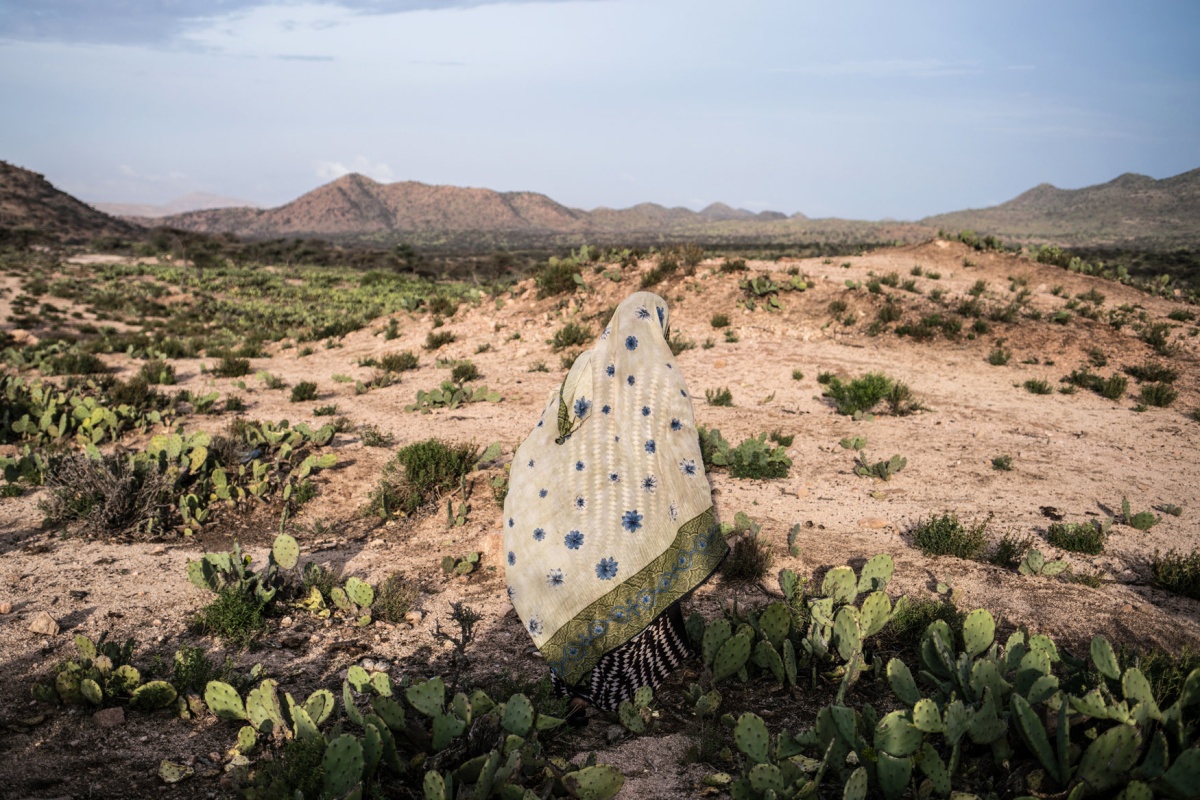 01
01
A woman walks home, through a parched field in drought-stricken Somaliland, after washing her clothes in a puddle by the roadside. Near Habas, Somalia, April 2016
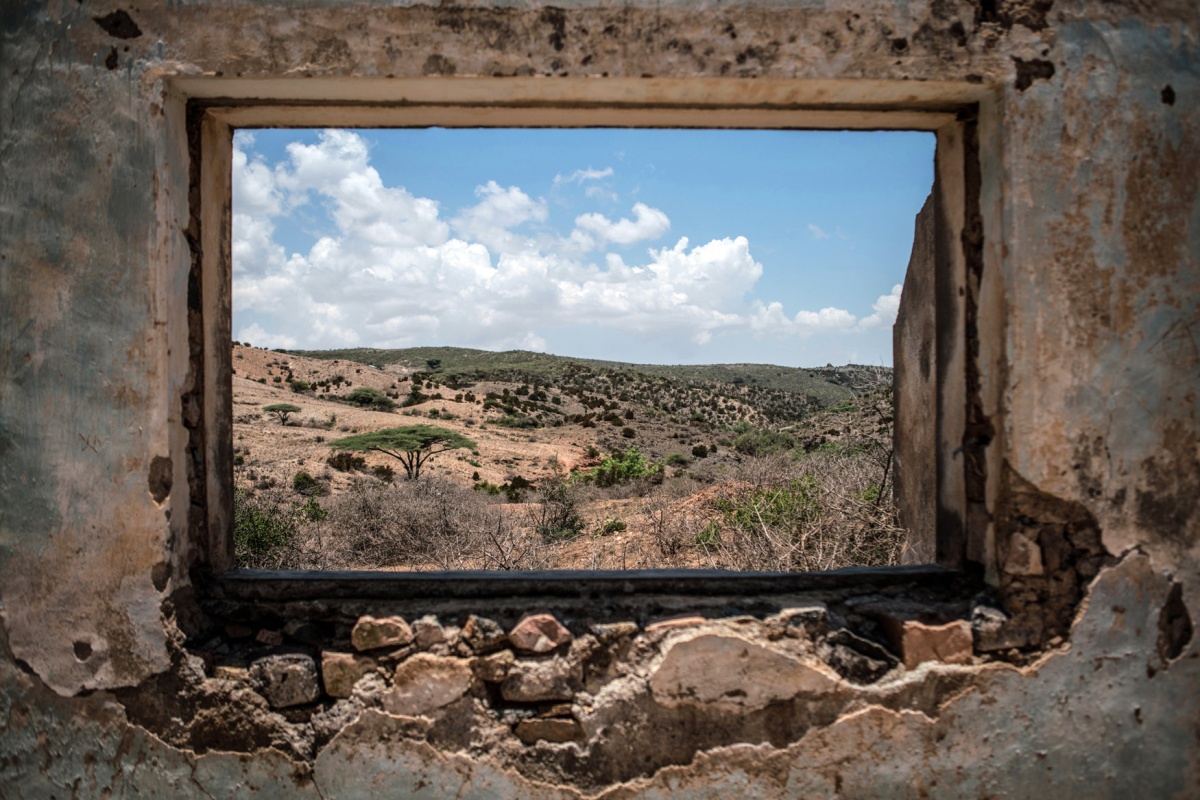 02
02
Somaliland’s drought-ridden landscape, seen from a derelict colonial building in Sheikh, Somalia, April 2016
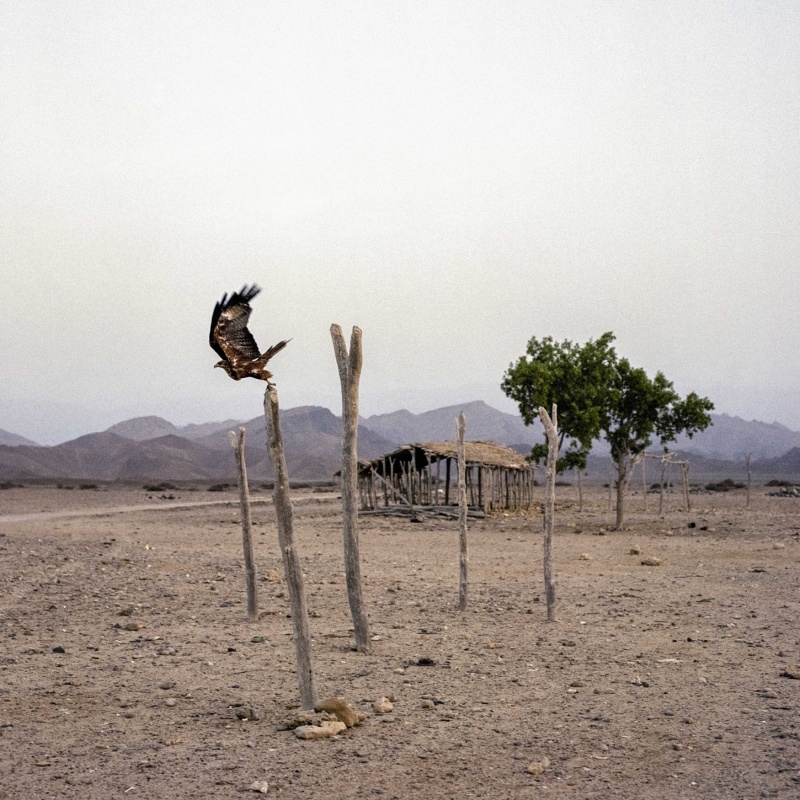 03
03
A falcon in the virtually abandoned, former harbour city of Maydh. Since the 1991 civil war that brought down the Somali government, the country’s 2000-mile-long coast has been plundered by foreign ships. Maydh, Somalia, July 2016
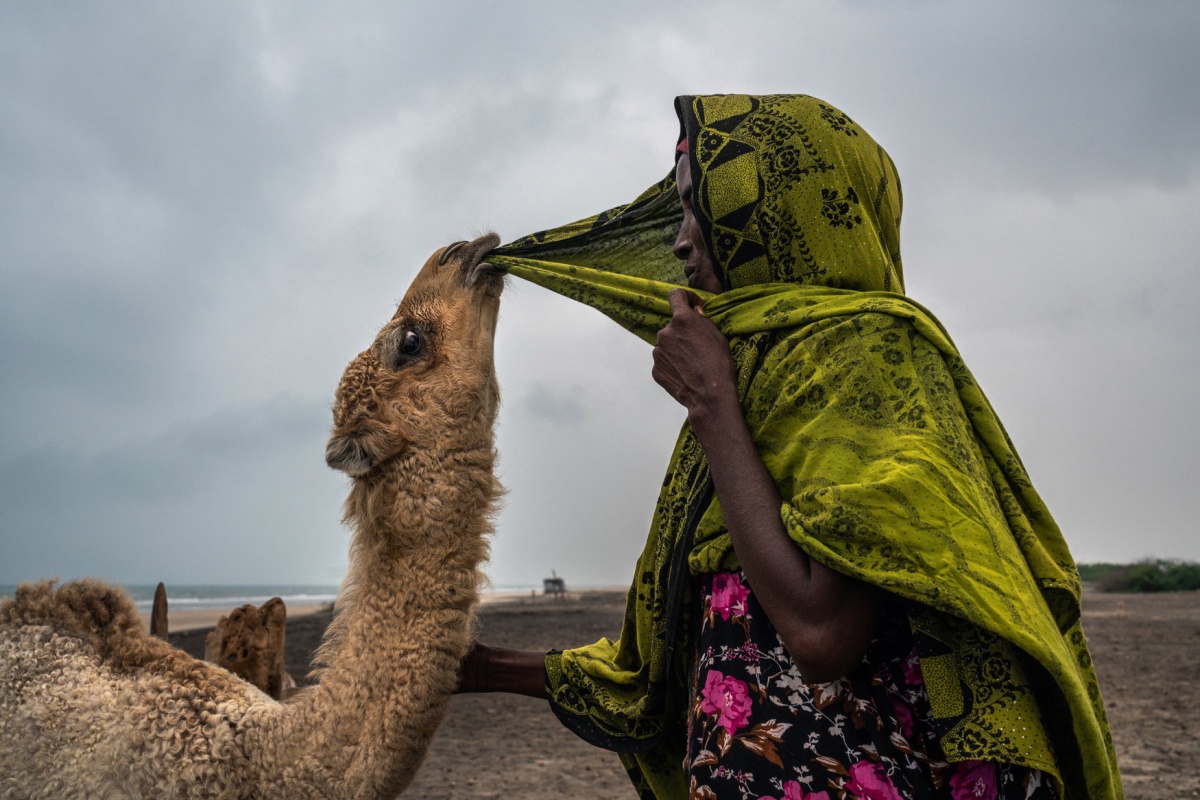 04
04
A young camel is given the name Baruud (meaning tenacious) because, as opposed to most of herder Cadar’s animals, its mother survived years of drought. Xinjiinle, Somaliland/Somalia, December 2019
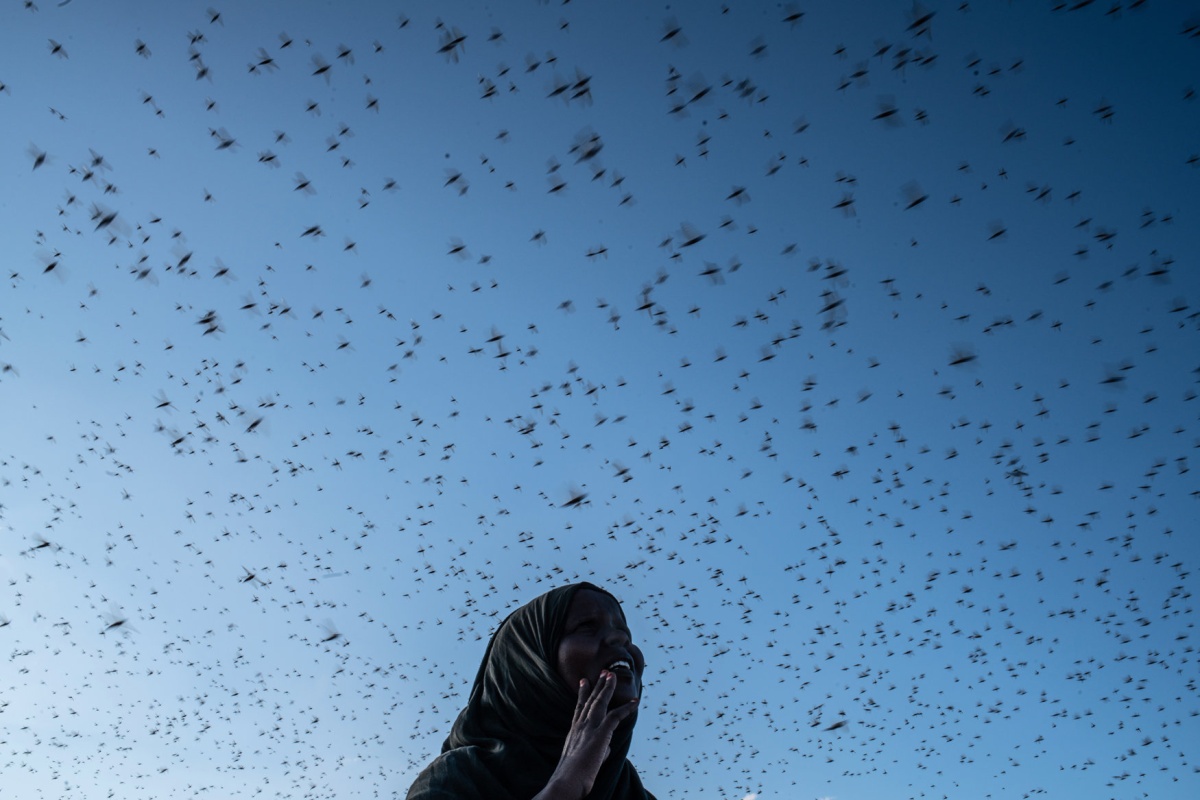 05
05
A woman watches a swarm of locusts in Central Somaliland. 2019 saw the worst plague of locusts in centuries. They destroyed a field of grain in a few hours. Burao, Somalia, December 2019
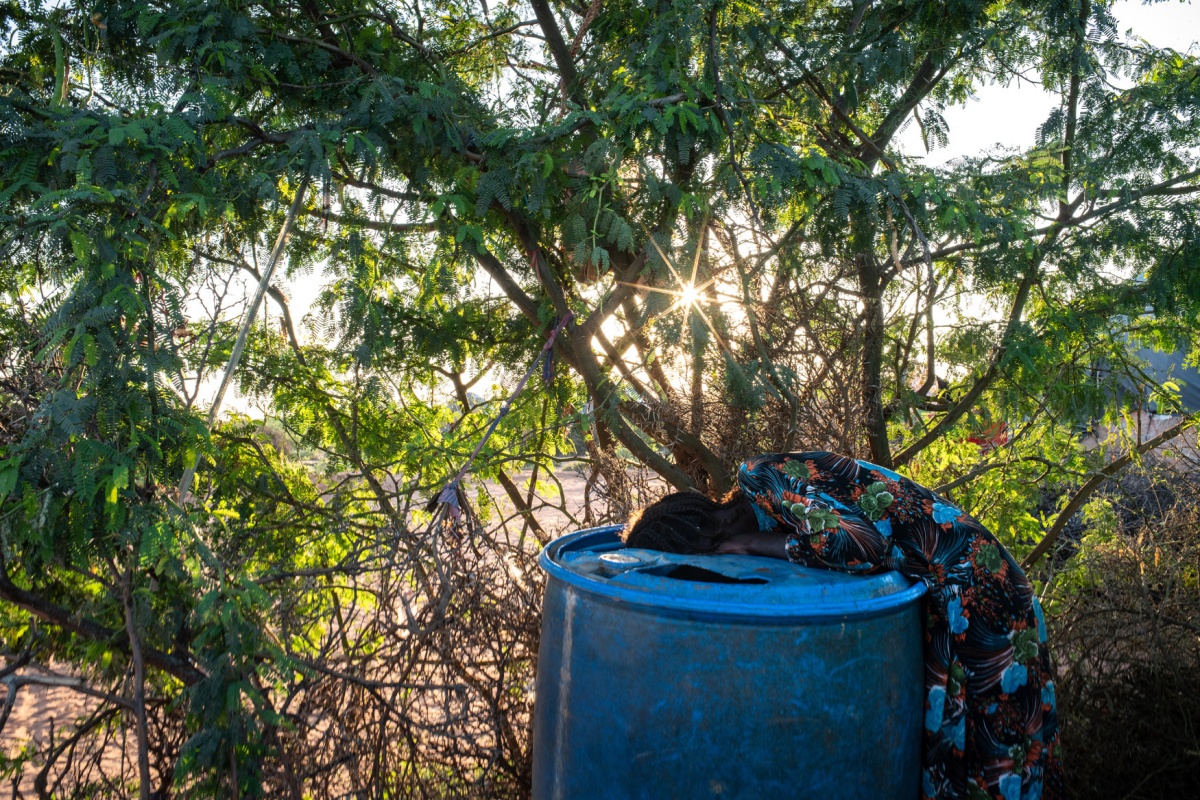 06
06
Nine year-old Farax Deeq at a water barrel in a refugee camp, where her family had to take shelter. Before the drought, the family owned a herd of 300 goats and sheep, as well as 20 camels. Burao, Somalia, December 2019
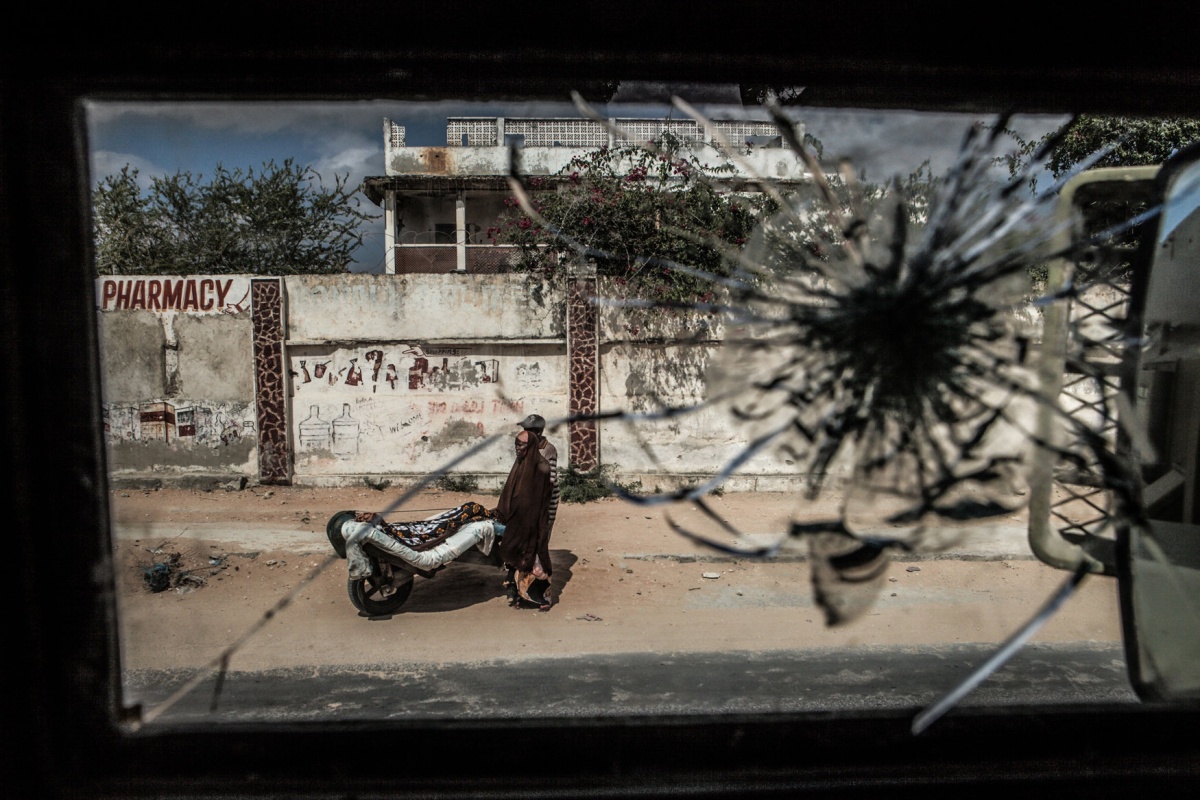 07
07
View out of the window of a Casspir armoured vehicle, of a couple pushing a weakened woman through the streets of Mogadishu. The 2011 drought claimed over a quarter of a million victims. Mogadishu, Somalia, December 2011
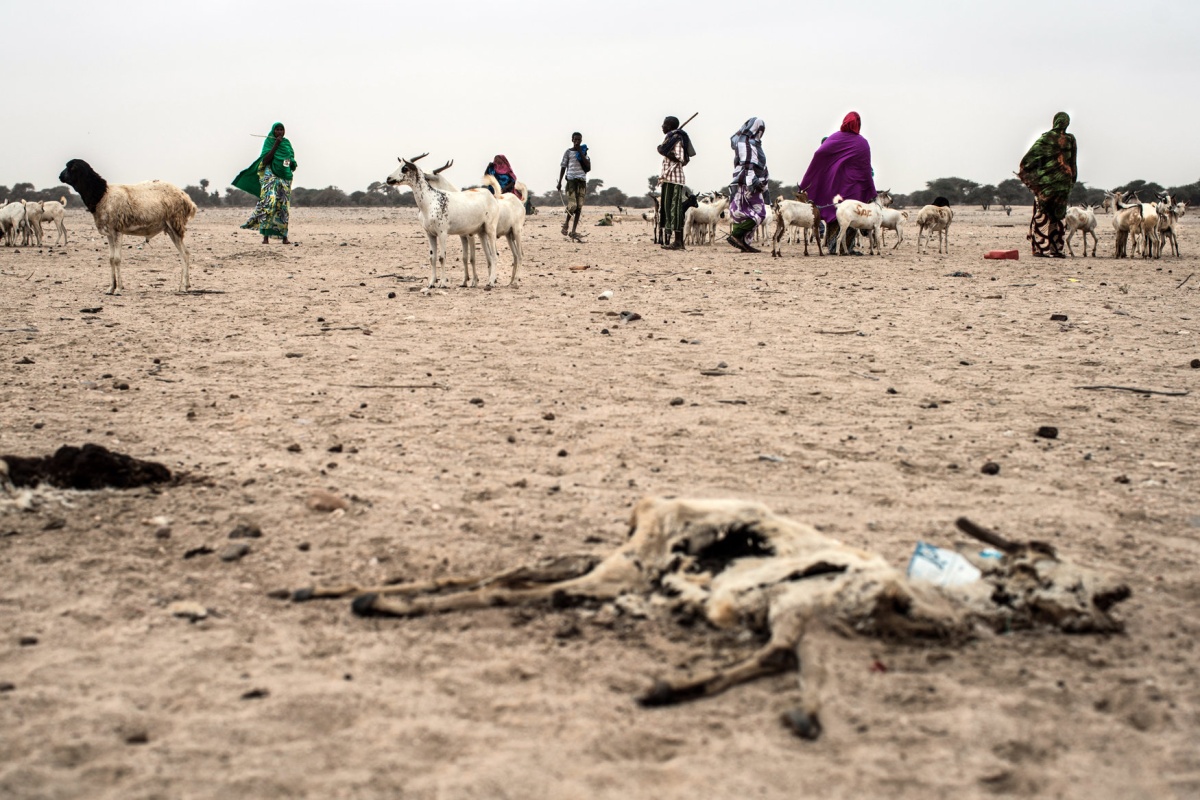 08
08
Dead sheep and goats at an animal market outside Geerisa, one of the epicentres of the drought catastrophe. Geerisa, Somalia, April 2016
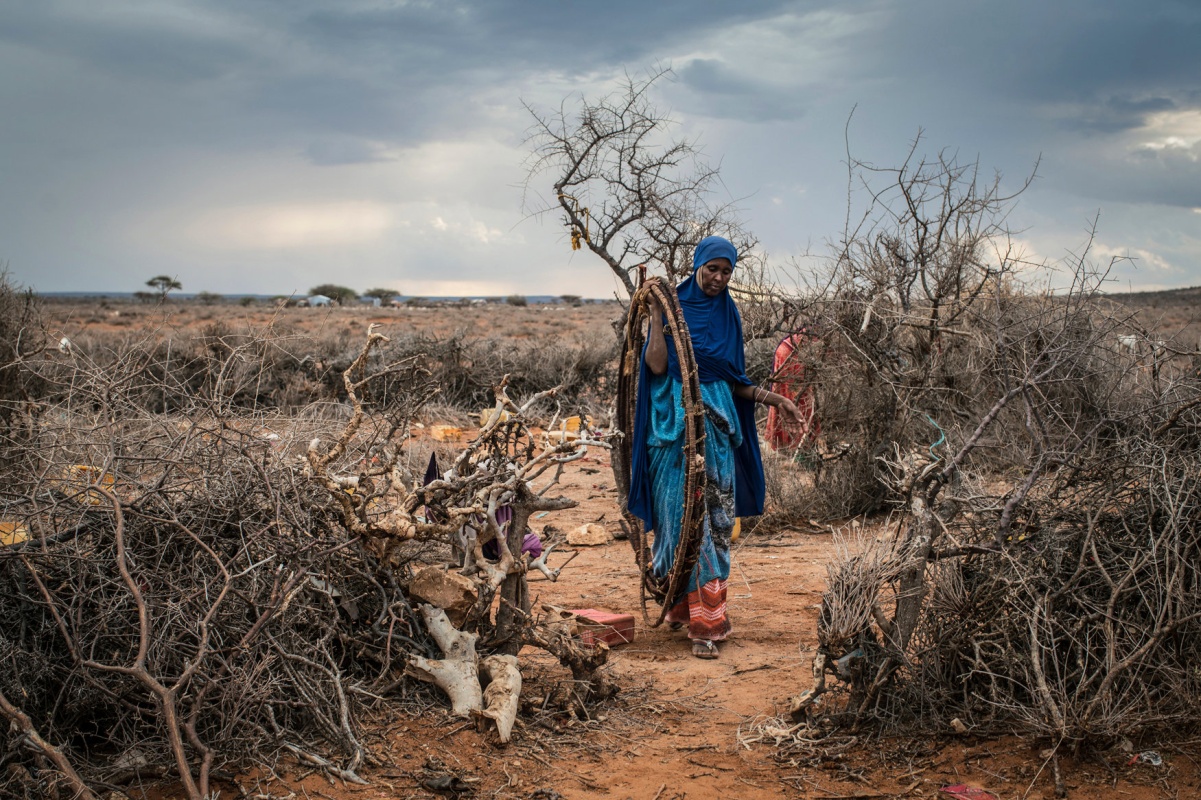 09
09
Due to a number of consecutive years of little rain, the well in Dheg Mohamed’s hometown has run dry, forcing her and her family to relocate. Aynabo, Somaliland/Somalia, July 2016
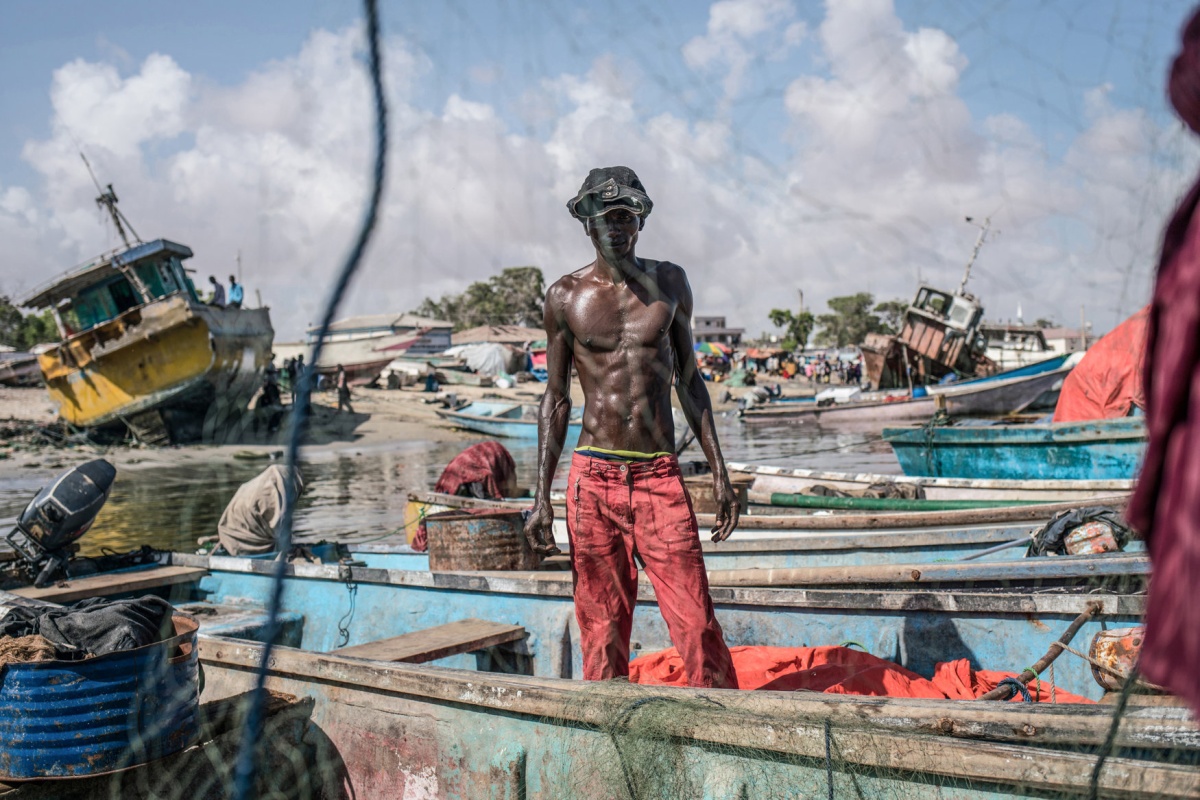 10
10
Fishermen at the harbour in Bosaso, one of the largest cities in Puntland. The country has been battling with rapid desertification, increasingly erratic rainfall, and the destruction of coastal waters at the hands of foreign fishing fleets. Bosaso, Puntland/Somalia, May 2016
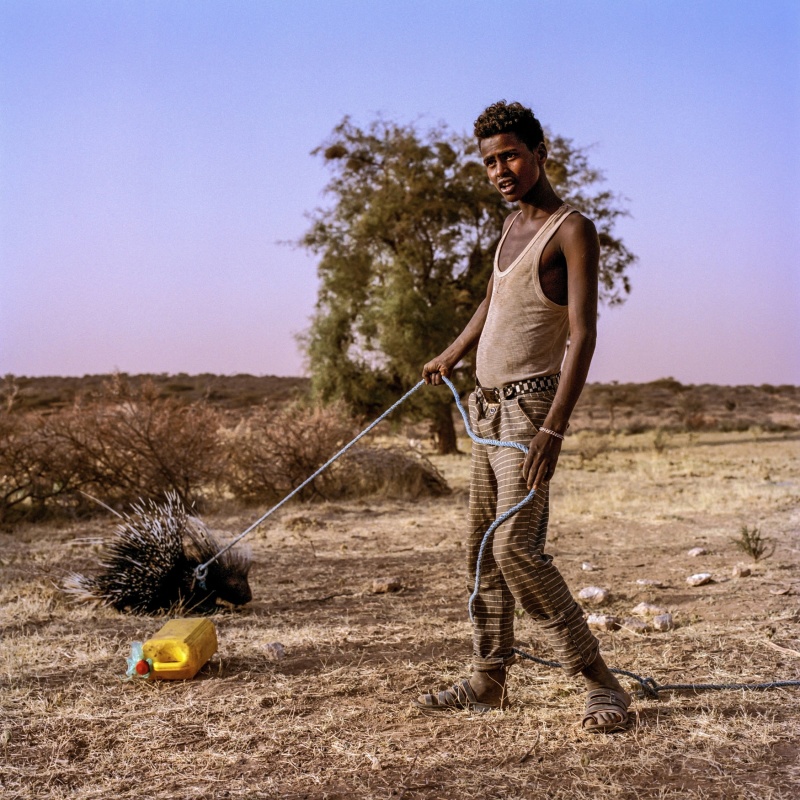 11
11
17 year-old Ahmed Abdi Omar with a porcupine. Aynabo, Somaliland/Somalia, July 2016
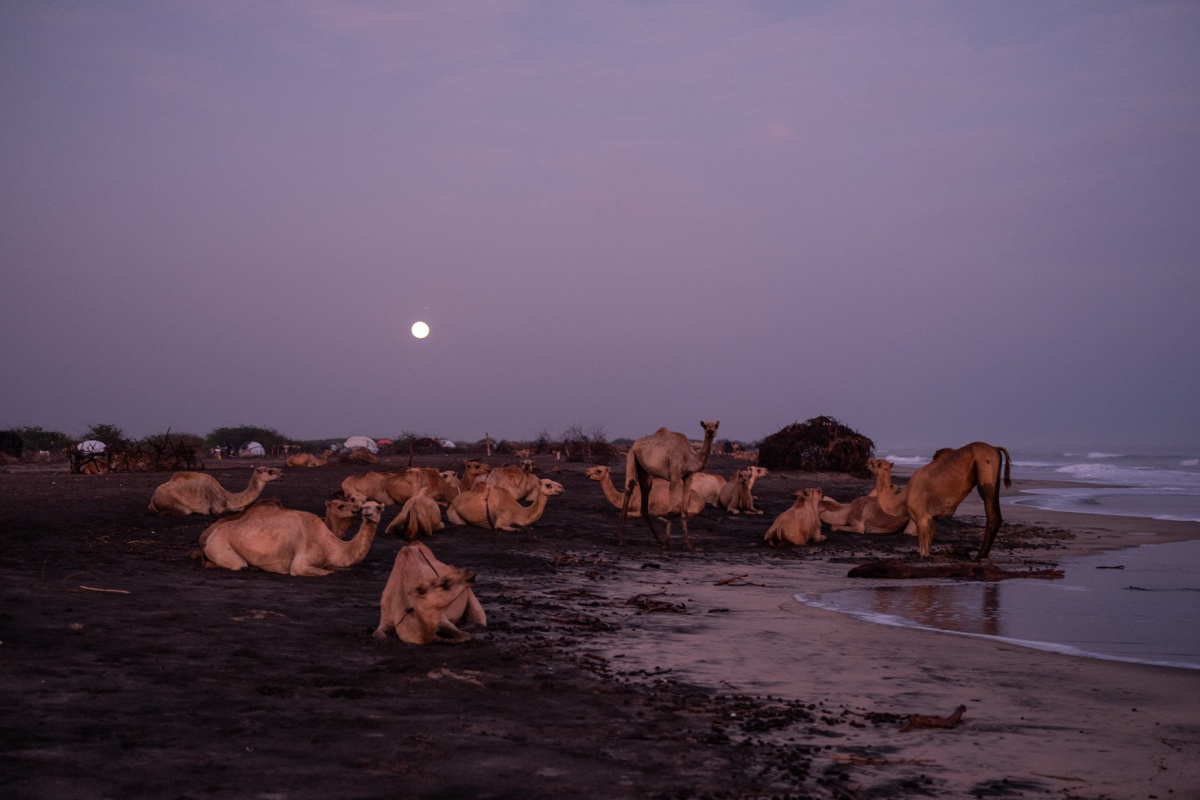 12
12
Full moon on the coast of the Gulf of Aden in the north-west of Somaliland. Before the drought, according to herder Rashid Jaama, there were so many camels that they would have blocked the view of the sea. Xinjiinle, Somaliland/Somalia, December 2019
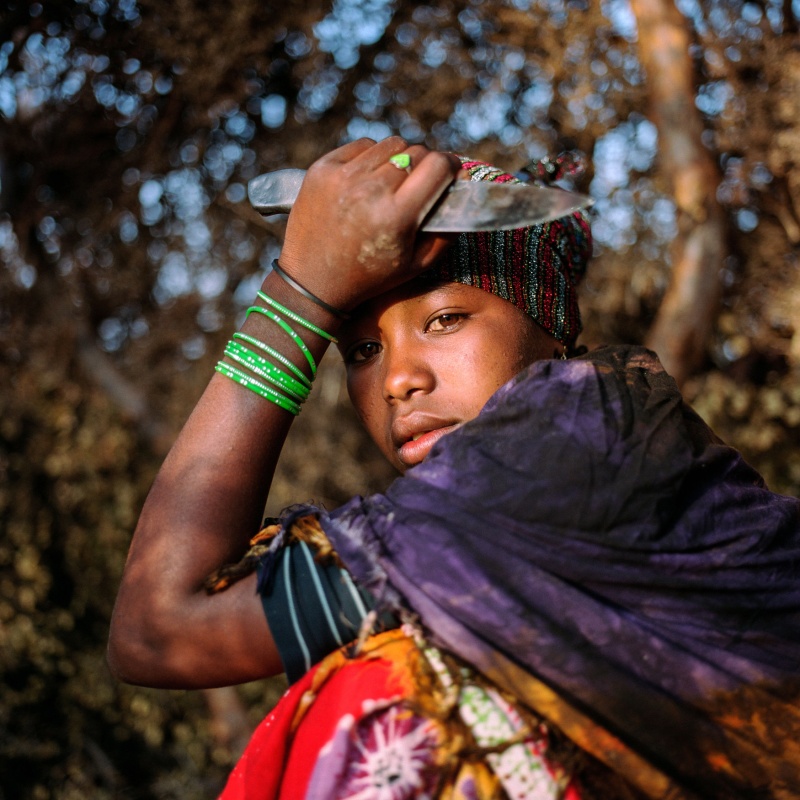 13
13
16 year-old Ayaan Ali in her family’s kitchen. Two weeks previously, a family member had been shot dead by a neighbour, following a dispute over access to grazing land for his animals. Aynabo, Somaliland/Somalia, July 2016
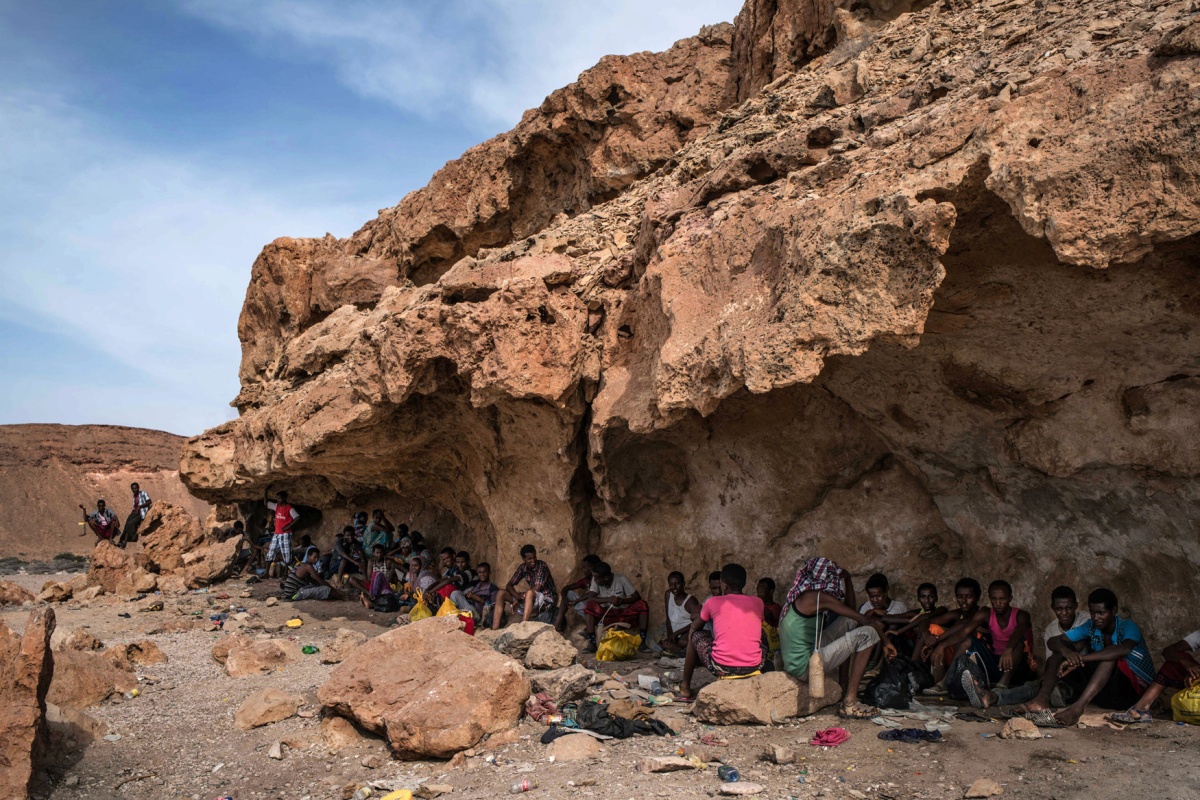 14
14
Somali and Ethiopian refugees wait in overhangs, before crossing the Gulf of Aden by boat to Yemen, and then going on to Saudi Arabia and the Gulf States. Mareero, Puntland/Somalia, May 2016
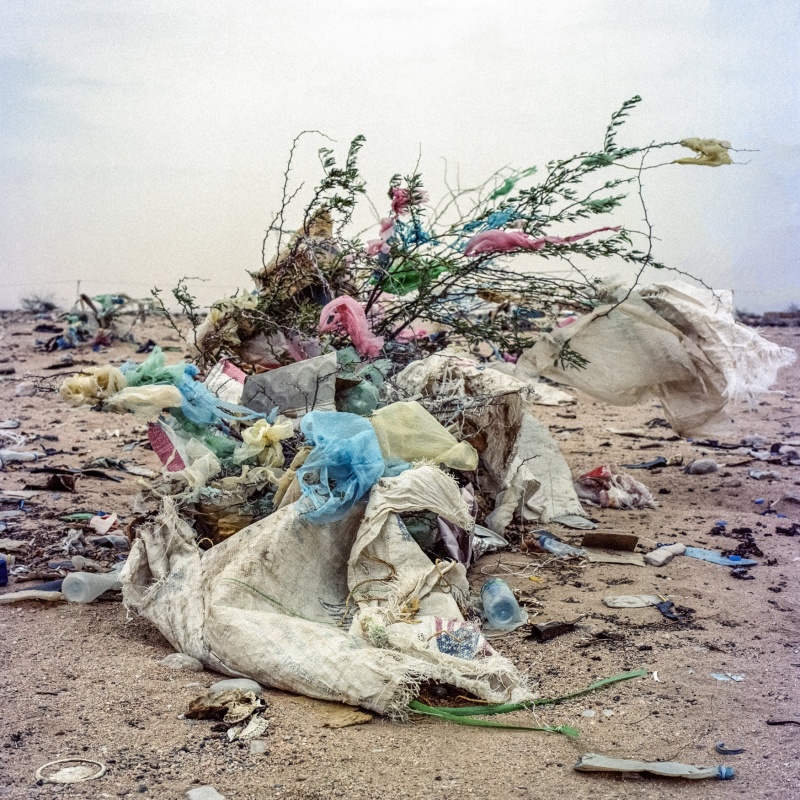 15
15
A bush covered in rubbish. Berbera, Somaliland/Somalia, July 2016
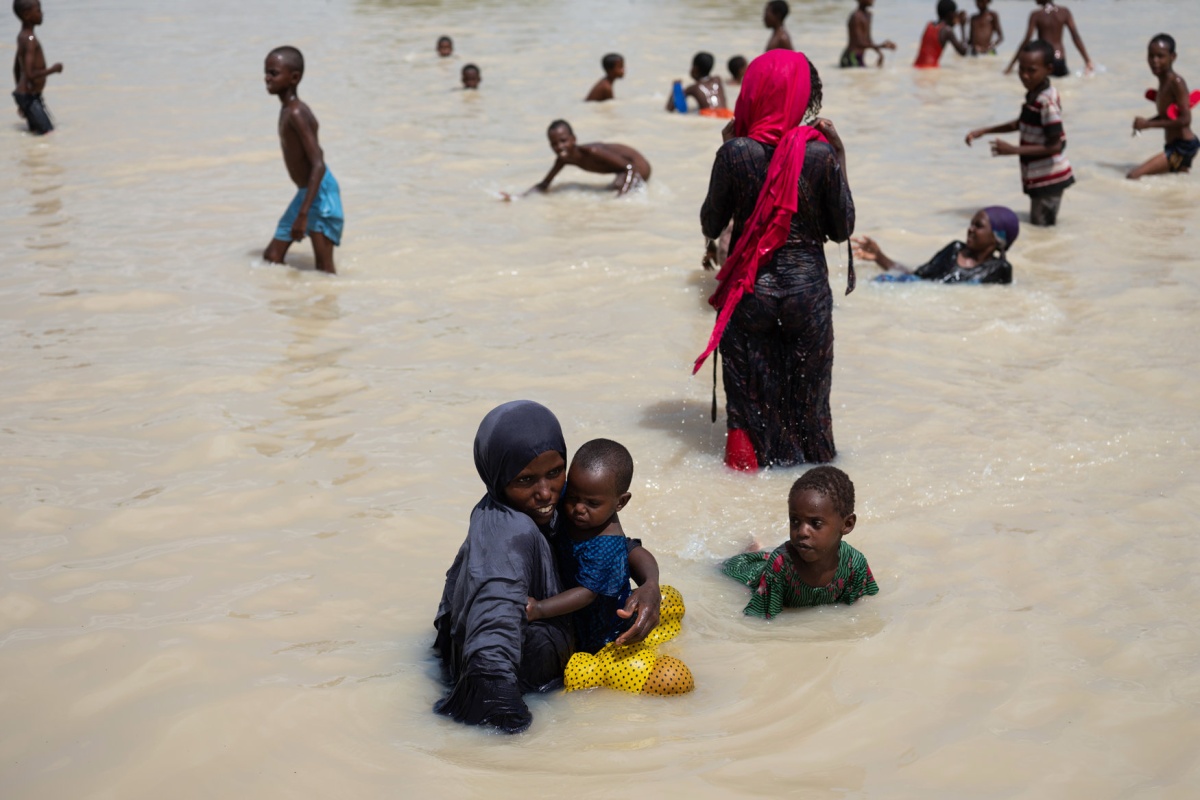 16
16
Somali refugees bathe in a temporary lake that was created following an unusually strong rainfall, in the Dadaab refugee camp in northern Kenya. Dadaab, Kenya, December 2019
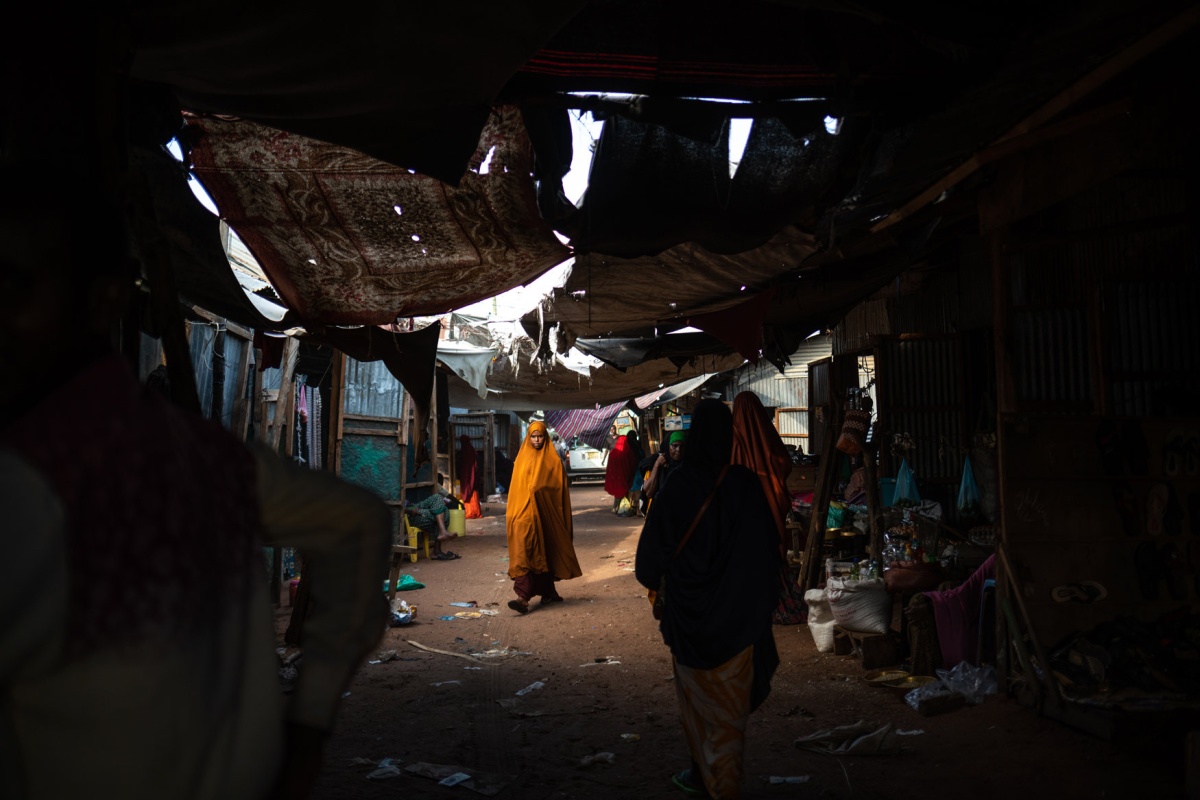 17
17
A busy marketplace in Dadaab refugee camp, northern Kenya. The International Organization for Migration (IOM) expects 200 million environmental refugees by 2050. Dadaab, Kenya, December 2019
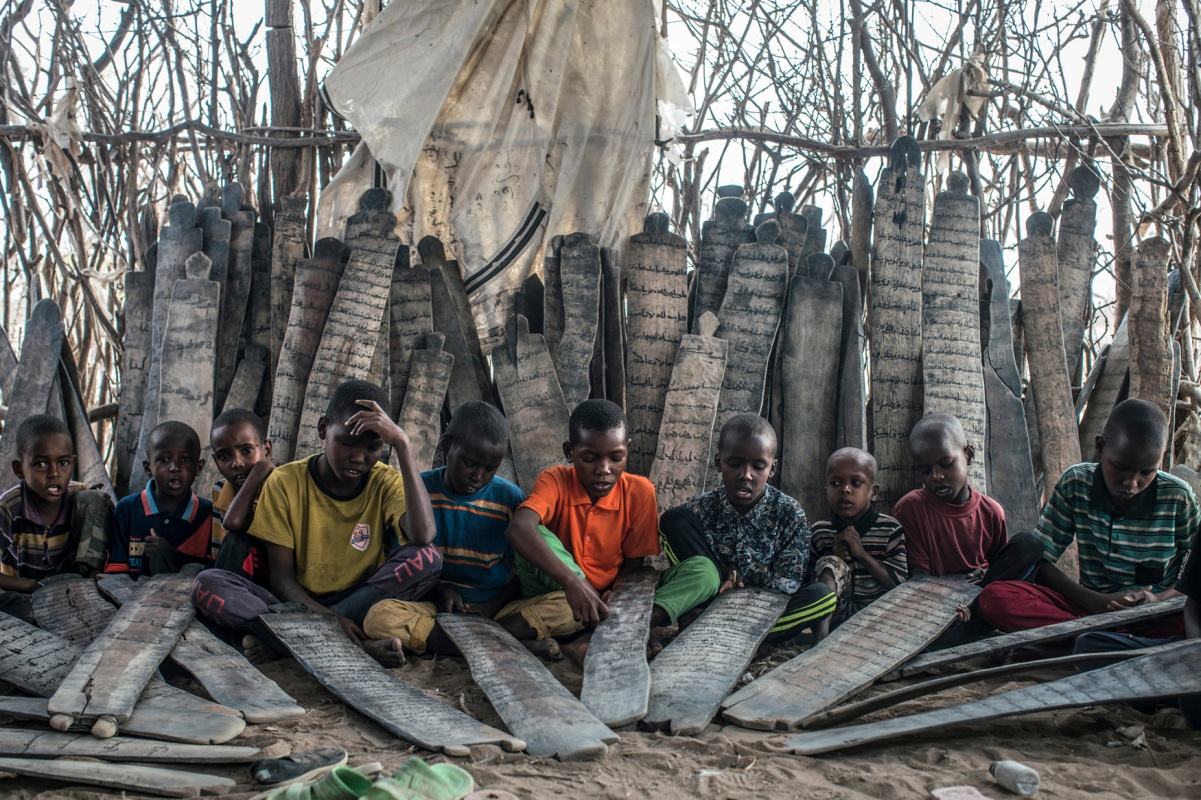 18
18
Somali children with prayer tablets at the Dadaab refugee camp in Kenya. The camp was opened in 1991, and has become a permanent home for many. Dadaab, Kenya, August 2016
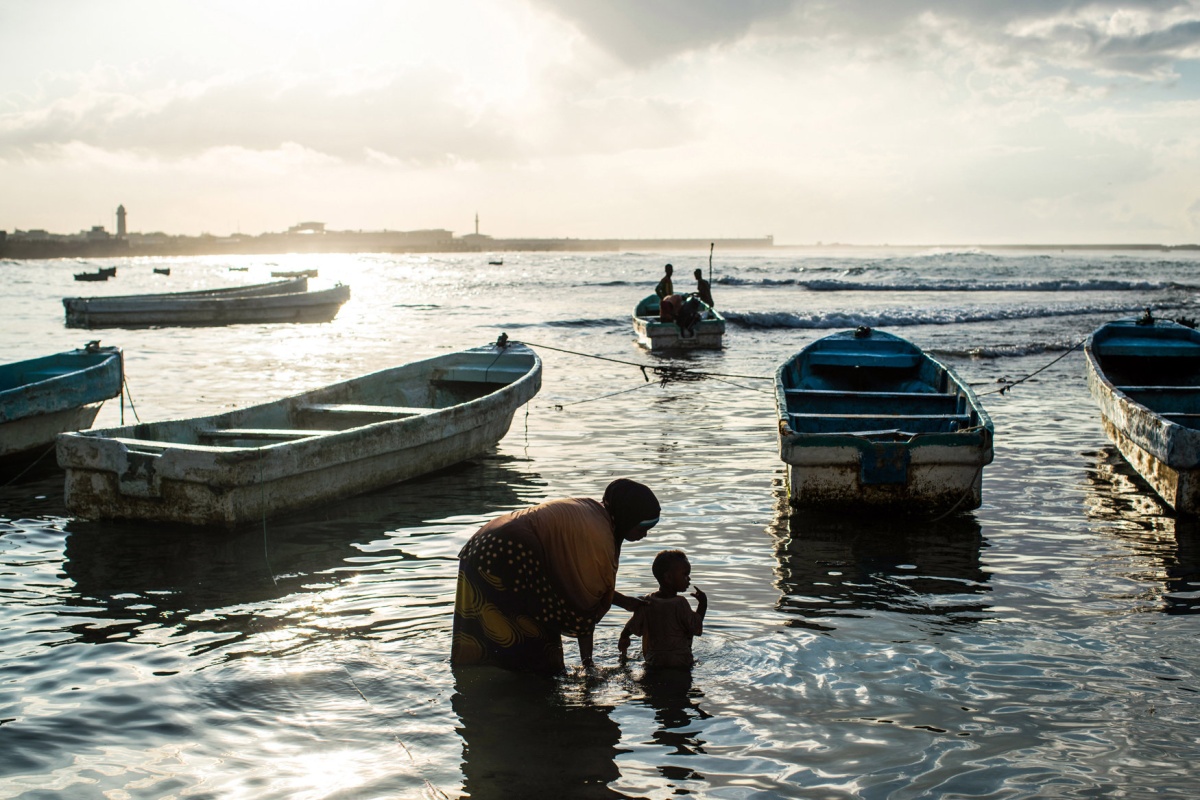 19
19
A mother bathes her little son in the harbour of Mogadishu, while boats head out for the open sea. Mogadishu, Somalia, May 2016
01020304050607080910111213141516171819